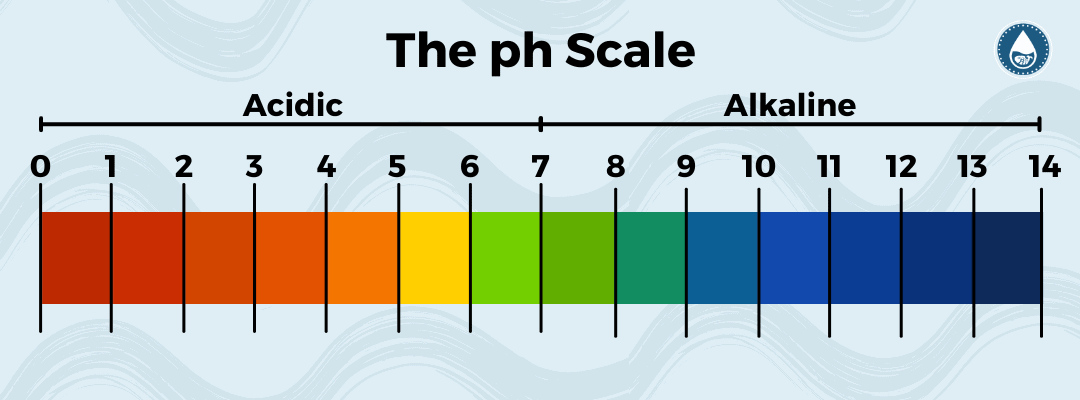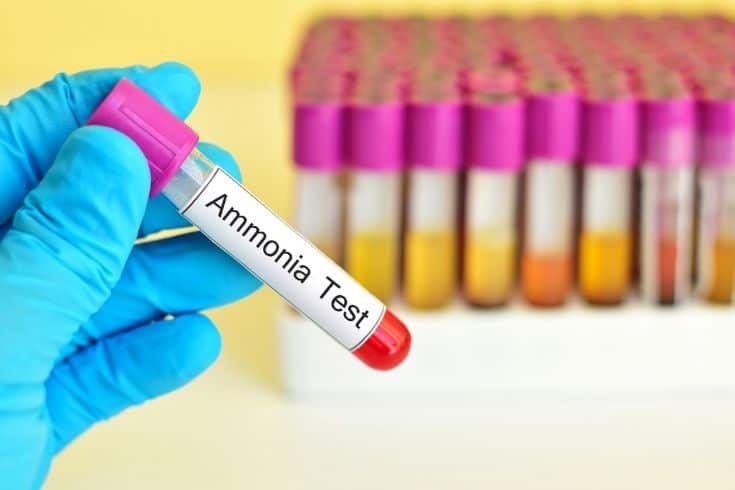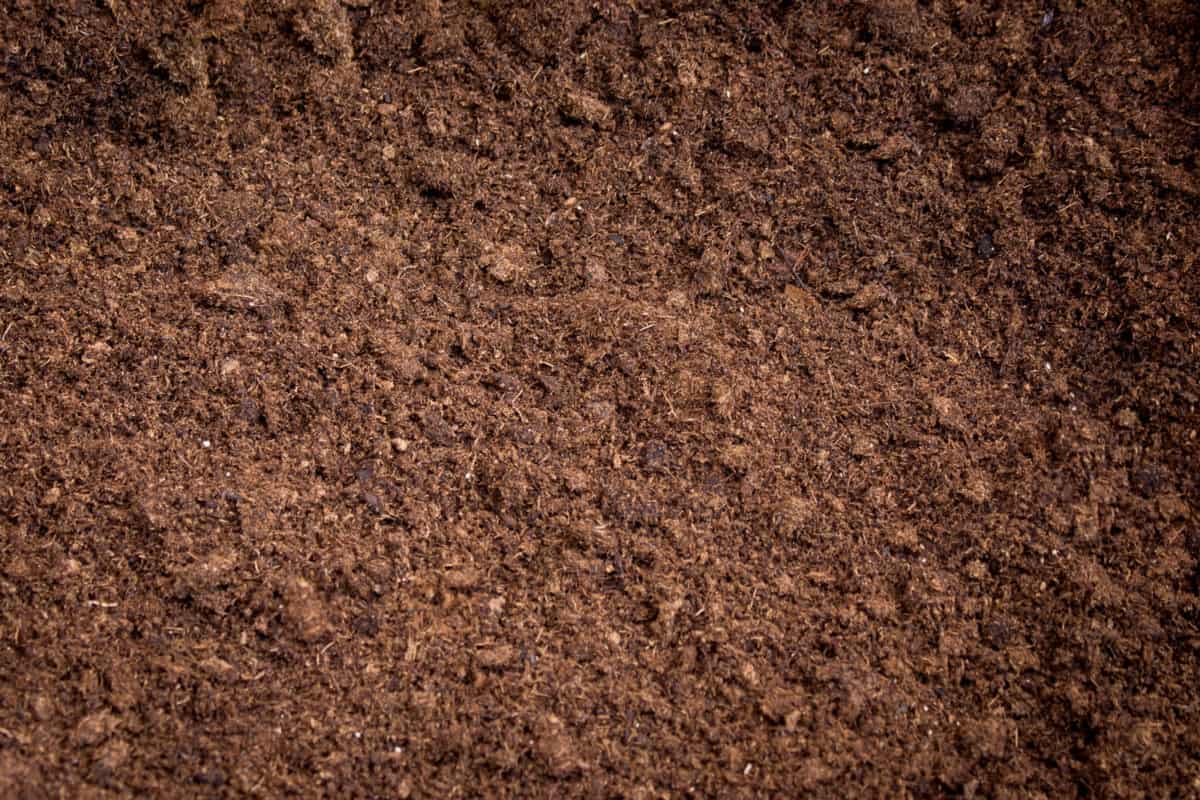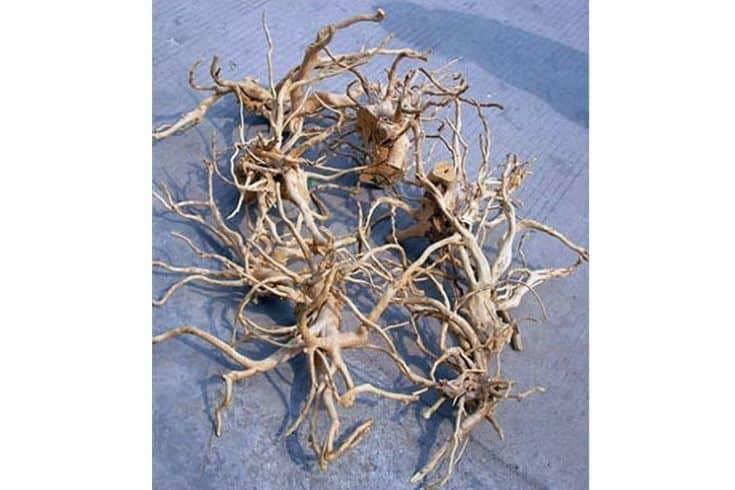Fish are sensitive to the pH levels in your aquarium water, and if the pH is too low, that can seriously affect your fish’s health.
But why is the pH too high in your tank? How can you lower the pH in a fish tank? And do air stones raise pH?
Read this guide to learn how to lower the pH in an aquarium quickly and effectively to maintain a healthy environment for your fish.
What Is pH In Aquariums?
Maintaining the correct pH level in your aquarium is essential for the health of your fish and other livestock. For that reason, all fish keepers should understand how pH works and why it’s important in a fish tank.
Water pH refers to water chemistry. pH depends on a few factors, including the kind of substrate you have in your aquarium, what trace minerals are in the water, and chemical concentration.

Water pH is defined and measured from 0 to 14 on a scale. According to the scale, a pH of 7.0 is generally considered neutral. A value below 7.0 is acidic, whereas those above 7.0 are alkaline.
Compatibility
If your fish are not compatible with the pH levels in your tank, it’s likely that some of them will get stressed and eventually die.
Your fish will require pH levels that are within the range found in their natural environment. So, whereas neutral or alkaline water is fine for one species, another might not be able to tolerate that.
So, before you add any new fish to your tank, always check that all the species you keep share the same pH preferences in their natural ecosystem.
Benefits of Lowering pH In Aquariums
If the pH in your fish tank is too low, other aspects of your water chemistry can be affected.
Ammonia
Ammonia is lethal to fish and other aquarium livestock.

If the pH drops below 6.0, the Nitrosomonas bacteria that process ammonia and nitrites in the water begin to die off, leaving your fish tank at risk of an ammonia spike that could kill all your fish. In addition, ammonia’s toxicity is largely dictated by the water’s pH.
How so?
Ammonia is comprised of ammonium ions, NH4+, and ammonia, NH3.
- In a tank with alkaline water, the pH will be above 7.0, and more ammonia will be present.
- In more acidic water conditions, with a pH below 7.0, there will be a greater concentration of ammonium ions.
Of those two scenarios, ammonia is the most toxic to your fish. So, a tank with a high pH level will contain more toxic ammonia.
Of course, a fully-cycled, well-maintained fish tank with an efficient filter system will contain zero ammonia and nitrites, and levels of nitrates should be below 30 ppm.
What’s The pH Of Tap Water?
Tap water has a pH that varies regionally and even by city. So, it’s important to know the water’s pH before adding tap water to your fish tank.

- Don’t test the water straight from your faucet; that won’t give you a “true” pH reading.
- Instead, allow some water to run into a bucket, and use an air stone to oxygenate the water.
- Allow the water to “rest” for 24 hours, then test it using an aquarium water test kit.
- Wait a further 24 hours, and retest the water. That should give you an accurate pH reading for your tap water.
Carbon dioxide contained in the water causes the pH level to fall. By using an air stone to oxygenate the water, your drive carbon dioxide out of the water into the air.
As the CO2 reduces, the pH rises. That provides a true pH reading because the oxygen/CO2 exchange process is continual in the aquarium environment, assuming you don’t have any chemicals or other objects in your aquarium to influence pH.
Natural Methods Of Lowering pH Levels In Aquariums
Reducing the pH level in your fish tank is somewhat more difficult than raising it. However, there are several safe, natural methods you can use.
Natural Methods Of Lowering pH In Aquariums
If, like me, you don’t like the idea of using chemicals in your fish tank, you can try using these safe, effective ways to lower the pH in your fish tank.
Peat Moss Filter

Peat moss releases tannic acid and gallic acids into the water, dissolving bicarbonates and reducing the kH and pH.
Unfortunately, peat moss tends to turn the water yellow or the color of weak tea. That said, you can solve that problem by soaking the peat moss in a bucket of water for a few days before adding it to your fish tank.
Indian Almond Leaves
You can buy Indian Almond or Catappa leaves in most good fish stores and online. These leaves offer several benefits to aquarists, including antibiotic qualities that are produced as the leaves decompose.
Like peat moss and driftwood, Indian Almond leaves release tannic acid into the water, reducing the water’s hardness and reducing pH as part of the process. Again, the main issue with using Catappa leaves is that they tend to stain the water brownish.
Aquatic Plants
Aquarium plants can increase your tank’s pH level by removing CO2 from the water.
If your tank suffers from very high pH levels, you could try removing some of your living species of plants and substituting them for silk ones. However, the effect of aquatic plant growth on pH is very slight, so removing your plants probably won’t make much difference.
Add Driftwood

Driftwood has the same basic effect as peat moss in that it releases tannins into the water, lowering the pH and kH.
Although this is a safe method of lowering the pH in your fish tank, you should note that each piece of driftwood contains slightly different levels of tannins, and its effect will eventually wear off, so you must test your tank water pH regularly and replace the driftwood when needed.
Chemical Methods of Lowering pH in Aquariums
There are a few chemical methods of lowering the pH in your fish tank, as follows:
Carbon Dioxide Injection
Increasing the carbon dioxide levels in your aquarium can help to lower the pH level.
So, you could add more carbon dioxide to the water to reduce the pH.
Chemicals Under Control (CUC) Products
You can use many chemical additives to reduce the pH level in your fish tank. The main downside of that approach is that these chemicals don’t provide a long-term or permanent solution, so you must keep repeating the chemical treatment to maintain the desired pH level.
Reverse Osmosis (RO)
If your tap water is heavily treated with chemicals or contains lots of minerals, you might prefer to use Reverse Osmosis water for your fish tank instead.
RO untreated water filters out 99% of the chemical toxins, heavy metals, and water impurities from the water via a semi-permeable membrane, helping to maintain a stable pH. The main disadvantage of using RO water is that it’s pretty expensive.
It’s probably more cost-effective to invest a few hundred dollars in a Reverse Osmosis unit rather than buying RO water piecemeal from your local fish store.
The Process Of Lowering The pH Level Of Your Aquarium
Now you understand more about controlling the pH level in your fish tank, here’s a handy step-by-step guide on lowering your fish tank’s pH level.
Step 1: Test The Water Quality And Determine The Current pH Level
First of all, you must test your aquarium water to determine the current pH level.
You’ll need a high-quality aquarium water testing kit to accurately monitor the pH and other water in your fish tank so that you can keep the chemistry under control.
Test kits come in solution form or as simple dip tests. In both cases, you take a sample of aquarium water and check it against a color chart that’s included in the kit. The water’s color indicates the pH level indicated on the color chart.
Depending on the quality, these kits can be inaccurate and most typically have a shelf life of around six months. So, you need to ensure your aquarium water test kit is current.
Step 2: Implement The Appropriate Method For Lowering The pH
Now you know your fish tank water pH level, you can take steps to reduce it to within your fish’s tolerance range.
How you go about that depends on your preferred method, although you could use a combination of strategies.
For example, you could scatter some Indian Almond Leaves and add a few pieces of driftwood to the aquascape and substitute some of your living plants with silk ones.
Step 3: Monitor And Maintain Your Aquarium’s Parameters
Allow a day or two for the basic water chemistry to change, and then test the water again. Hopefully, the pH level will now be as required for your fish.
Remember, the pH level needn’t be an exact figure. As long as the number is within your fish’s preferred range and tolerance, that’s fine.
Step 4: Adjust As Needed
Over the next few days and weeks, use your aquarium water testing kit to monitor the pH level carefully and make any adjustments necessary.
If you’re struggling to keep the pH levels down, it could be that your tap water contains too many minerals. In that case, using Reverse Osmosis water might be your best option. However, sometimes using a chemical treatment is a cheaper solution that is just as effective.
Potential Hazards And Risks When Lowering The pH Of Your Fish Tank Water
There are a few dangers of lowering the pH in your fish tank that you must be aware of.
Instability
Soft water with a low pH tends to be more unstable than hard water and can be prone to fluctuations that many fish species can’t tolerate.
Filter Bacteria

The bacteria living in your filter media process harmful ammonia, nitrites, and nitrates in the tank water. However, those bacteria do better in more alkaline conditions. In fact, when water conditions are very soft, your filter bacteria might not work at all, exposing your fish to the danger of ammonia poisoning.
Growth Of Algae
Most algae species prefer slightly acidic water, and a rapid algae bloom often indicates that your fish tank has a low pH level. Algae won’t harm your fish, but that green slimy stuff looks unsightly in the tank and can clog your filter if it gets out of control.
In one of my tanks, a sudden, unexpected spurt of algal growth was a useful sign that my aquarium pH levels had fallen below the desired levels for the type of fish I kept, giving me a chance to fix the problem before my fish were harmed.
Stressed Fish
If your pH falls too low, your fish can get stressed very easily. A drastically low pH inhibits your fish’s ability to swim, reproduce, eat, and grow, making survival almost impossible.
Stress adversely impacts your fish’s immune system, leaving them open to disease and attack by parasites.
Faded Colors
When the water becomes more acidic, your fish’s colors often fade, leaving them looking pale and washed out.
When that occurs, your fish suffer from “autophagy,” a natural adaptation that prevents nutritional starvation.
Fortunately, this natural process is a response to environmental changes within the fish’s environment, and once the pH level is adjusted and the water becomes less acidic, the fish’s colors should quickly recover.
Fungal Infections
Most species of fungi prefer to live in mildly acidic environments. If the pH falls too low in your fish tank, that can encourage fungal infections to affect your fish and makes the fungi difficult to get rid of.
Final Thoughts
Did you enjoy our guide to quick and effective ways to lower the pH in your aquarium? If you did, please take a moment to share the article.
All fish have a preferred pH level in the aquarium that replicates that of their natural habitat. Too much pH adjustment can be stressful for your fish, so we recommend keeping the water pH stable and within your fish’s tolerance range.
If the pH in your tank is too high, try lowering it by using one of the safe, chemical-free methods suggested above. If that’s ineffective, you might need to use a chemical pH-balancing solution or switch to RO water.
How did you adjust the pH in your fish tank? Tell us your tips in the comments box below!